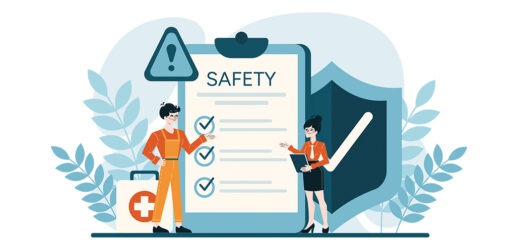The proliferation of ubiquitous technological tools such as cellphones, tablets and wearables has facilitated and expedited business communications, but they can also leave meeting professionals feeling isolated behind a screen.
In many cases, professionals rarely or never see the people they communicate with, but this doesn’t mean that manners are no longer important. In fact, a new term, techno-etiquette (aka netiquette), has emerged that retains many fundamental aspects of proper business behavior while addressing scenarios posed by modern-day technology. Here are six useful techno-etiquette guidelines.
Learn More: Etiquette Tips for Aspiring Meeting Professionals
Language: When sending emails and texts, use professional language and style. Avoid fancy fonts, casual language and anything else that conveys a very relaxed style. Also, be careful not to use offensive language and office humor that could be misunderstood.
Brevity: Don’t be long-winded in online communications; brevity is expected. But don’t be too short in your replies. It’s usually best to write complete sentences: Avoid one-word answers such as “yes,” which can be viewed as curt unless you have established a casual working relationship with the person.
Response time: The nature of the message or email you receive should dictate how soon you respond. In general, it’s best to respond within the same business day, but in some cases this isn’t necessary, and in others a more immediate reply is needed.
Reply all: Be careful when using this function because it’s important to respect the privacy of the sender. Each email needs to be handled sensitively: In many cases, you need to send a reply only to the sender, particularly if your response contains confidential or personal information.
Learn More: Attendee Etiquette Tips for Conventions
Attachments: It’s best to ask before sending attachments in unsolicited emails, since many companies instruct employees not to open these attachments. Also, ask whether the recipient prefers attachments in one file or separate ones, and (in some cases) how they should be sent.
Out of Office: Before you go away for that big conference, provide messages on your email and phone systems indicating when you will be away, when you will return and who should be contacted in your absence.




